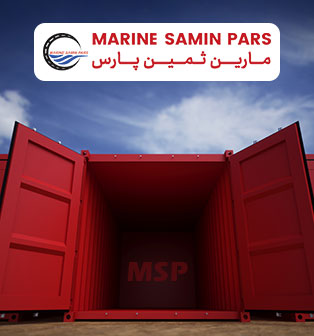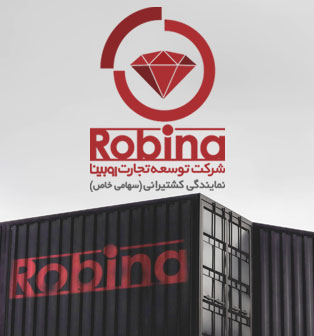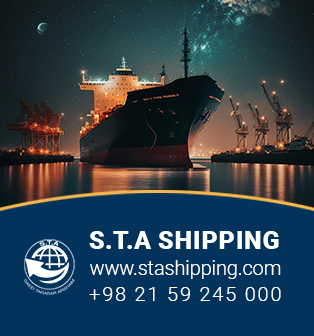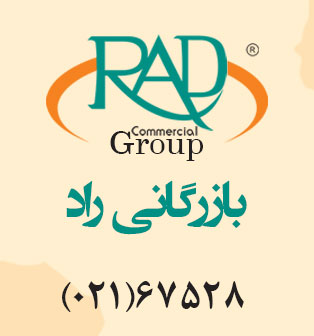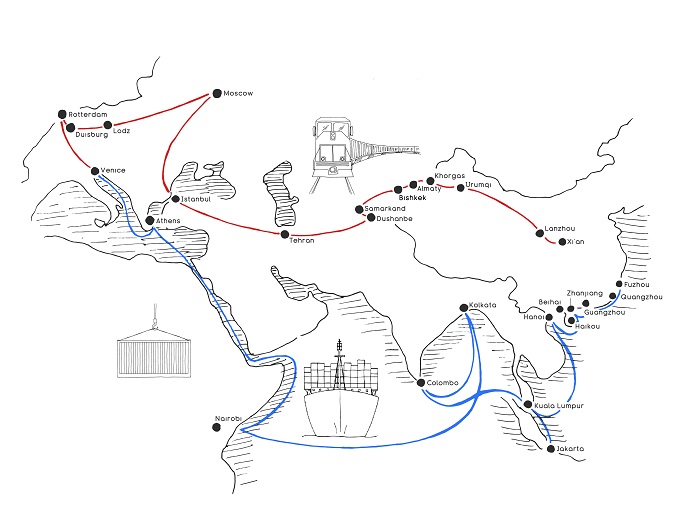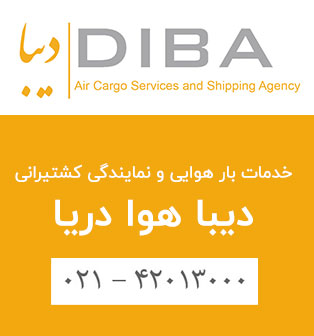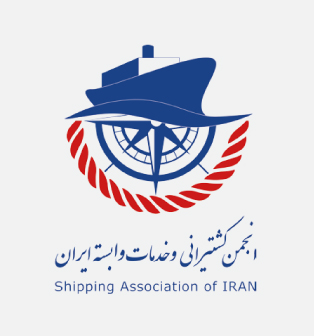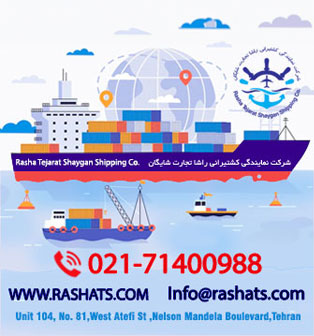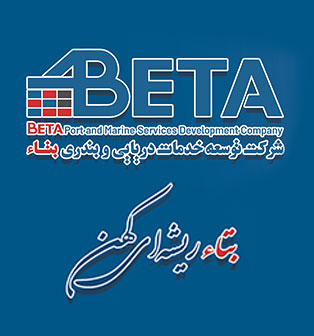The Belt and Road Initiative (BRI), also referred to as the New Silk Road, is one of the most ambitious infrastructure projects ever conceived. Launched in 2013 by President Xi, the vast collection of development and investment initiatives would stretch from East Asia to Europe, as well as Africa, offering global opportunities and challenges for more than half of the world’s population. BRI is meant to be a form of diplomacy, development, and trade incentive all rolled into one. Rail tracks, highways and maritime routes will complement the “networks of connectivity” in trade, investment, finance, tourism, and even education between China and the rest of the world.
With a stipulated investment of $1 trillion, covering more than 50% of the world’s population and a quarter of the global GDP, the initiative is to kindle a “new era of globalization”, a golden age of commerce that can bring economic benefits to all partner-countries involved. But reaction from the rest of the world has been less than ecstatic. Several countries have expressed skepticism about China’s true geopolitical intentions, while others have praised the scale and scope of the project. It is not surprising that the project of this size and scope pose many questions, such as; “How the gains and losses will be distributed?”, “What will the challenges, opportunities and risks consist of?”, “What kind of economic, political, social and cultural changes can be expected?” and finally, “What are the main reasons behind the project?”. In this piece, we aim to shed light on some of these questions by looking into the challenges and opportunities that this mega project presents.
With every challenge comes opportunities and the new Silk Road is no exception. The Belt and Road Initiative as a truly massive investment pledges massive gains on the horizon. But will the opportunities gain be equal for everyone? The first opportunity for gains is the tremendous size and scope of this project. BRI economies account for one-third of global GDP and trade, and more than half of world’s population. For some BRI countries, poverty ratios, the percentage of the population living below the poverty line ($1.90 a day), are still high. For example, in Kenya 25%, Uzbekistan and Djibouti 23%, and Laos 21% of their population live below the poverty line. The Belt and Road Initiative boosts global development and its success can ensure drastic improvements in infrastructure, transportation, finance, banking as well as social welfare.
The next opportunity encompasses large unexploited potential. The new Silk Road directly affects global trade and exchange protocols. The economies involved will be increasingly integrated with the rest of the world and with each other. BRI countries’ contribution to global exports has nearly doubled in the last two decades most notably China, who single-handedly is the biggest contributor for these gains. But a handful of these economies such as Afghanistan, Nepal, Tajikistan, and Laos are still below par due to inadequate infrastructure, weak policy and other gaps. If it works out, the Belt and Road Initiative could contribute to fill those gaps, boosting international commerce, particularly for countries that have been unable to fully integrate in the world economy.
Enhancement on connectivity is the third massive opportunity. BRI will better shipment periods from East Asia to Europe by a great margin. It currently takes up to 30 days to ship goods from China to Central Europe, mainly by sea, however, the new route offers an optimized transit time far less than before, if not by half. In business terms, any delay in shipment delivery per day reduces trade by at least one percent. Improving the rail network and other transport infrastructure in partnership with the region will lead to further cross-border trade, increased investment and economic growth of the BRI economies. Today, more than 50% of global trade takes place on the Maritime Silk Road between China/East Asia and Europe. The world’s largest container ports are on this route: Busan, Shanghai, Singapore, Shenzhen, Hong Kong, Colombo, Piraeus, and Rotterdam. If successful, the new Silk Road project stands to make trade easier in some of the world’s most important economic corridors.
In addition to trade opportunities, each country along the new Silk Road faces a unique combination of risks and challenges. Many face macroeconomic burdens, owing to exchange-rate volatility, large debt risks, and non-diversified unsustainable economic structures. On the micro level risks include weak banking sectors and the ever-present risk of natural disasters, exacerbated by climate change. Needless to mention, the complex and conflicting laws, rules, and regulations are shaping the business environment in each of the BRI countries. The World Bank has checked on some of the challenges facing “the project of the century”, and below is their findings:
The first challenge is political barriers and impenetrable borders. On average, crossing border delays, complex customs procedures, and restrictions on “Foreign Direct Investment” tend to be more significant in BRI countries compared to other regions. Economic indicators demonstrate that it takes 50 days to pass through a country in Central Asia, while this time in the G7 countries is round 10 days. The Belt and Road countries have more restrictive and burdensome FDI policies than high-income OECD countries. This is more prevalent in terms of starting a foreign business, accessing industrial land, and arbitrating commercial disputes. This is why policy reform and cooperation must complement infrastructure projects to boost connectivity.
The next challenge is risks involved with major infrastructure projects. There are potential environmental, social, and corruption risks associated with any large infrastructure project; these could include biodiversity loss, environmental degradation, or elite capture. These risks may be especially significant in countries involved in the BRI, which tend to have relatively weak governance. They will therefor need to be identified and safeguards must be put in place to minimize their potential negative effects. On the issue of environment, hazards should be recognized and carefully addressed to minimize damage to the natural ecosystems and habitats. Furthermore, despite assurances from President Xi Jinping on BRI routes being “green, low-carbon, circular and sustainable”, there are concerns that Chinese-driven foreign development could also export ecological disaster.
The last concern is the macro risks. The large-scale infrastructure project is quite costly and requires some of the states to take loan financing proportion to their participation, and that can in turn lead to many debts that could endanger the stability of these countries. For some countries, the financing required for BRI projects may expand debt to unsustainable levels. The Center for Global Development recently estimated that the new Silk Road project will increase debt to GDP ratios for several BRI countries, putting eight at high risk (that is Djibouti, Maldives, Laos, Montenegro, Mongolia, Tajikistan, Kyrgyzstan, and Pakistan). Countries participating in this project will have to counter-balance their need for being a participant with the vulnerabilities created by increased debt levels.
The Belt and Road Initiative has stoked opposition from some countries while other countries have sought to balance their concerns about China’s ambitions against the BRI’s potential benefits. Japan and the US are the only two major industrialized nations that have refused to participate in this initiative. Tokyo is balancing its interest in regional infrastructure development with long-standing suspicions about China. One example of how China’s economic initiative can affect existing regional conflicts is the disputed territory of Kashmir. Pakistan is one of China’s closest partners in BRI. As part of the China-Pakistan Economic Corridor (CPEC), Beijing has promised over $50 billion worth of investment, aimed at reshaping Pakistan’s dilapidated infrastructure and boosting growth. The initiative has rankled Pakistan’s regional arch-rival India, who opposes CPEC, partly because the corridor passes through the disputed region. India has tried to convince countries that BRI is a plan to dominate Asia, whereby China creates unsustainable debt burdens for its Indian Ocean neighbors in order to seize control of regional choke points.
On the European side, there is tremendous interest in expanding connectivity with Asia, in the hope that it would benefit European economies, particularly export powerhouses like Germany. European Parliament emphasized that BRI has to be coordinated with EU initiatives. Several countries in Central and Eastern Europe have accepted BRI financing, and Western European states such as Italy, Luxembourg, and Portugal have signed provisional agreements to cooperate on the new Silk Road projects. Their leaders frame cooperation as a way to invite Chinese investment and potentially improve the quality of competitive construction bids from European and U.S. firms. President Macron has urged prudence, suggesting that the BRI could make partner countries “vassal states”. Some skeptics connect the Belt and Road Initiative with climate change, while others claim that China is using BRI funds to gain influence in Balkan countries that are on track to become EU members, thereby providing Chinese access to the heart of the European Union’s common market.
The complexity of these challenges calls for a set of agreeable procedures to navigate and execute a successful mega project. First and foremost, there can be no corruption and the competition should be fair and constructive. Second, no infrastructure project should be pursued without careful consideration of its financial costs and benefits and its ecological impact, such as air pollution and destruction of ecosystems. Finally, all projects must be transparent and include effective checks and balances. The success of BRI will be the result of regional cooperation and integration. Technical advancement, managerial skills and extensive and comprehensive policies will be a building block for the sustainable development of this ambitious project. Upon successful launch of the new Silk Road, we should expect improved infrastructural development and regional connectivity, fortified economic collaboration, increased interactions between local governments with effective communication channels, and new political and diplomatic ties that could sustain the integration of all member countries under the domain of Belt and Road Initiative.



